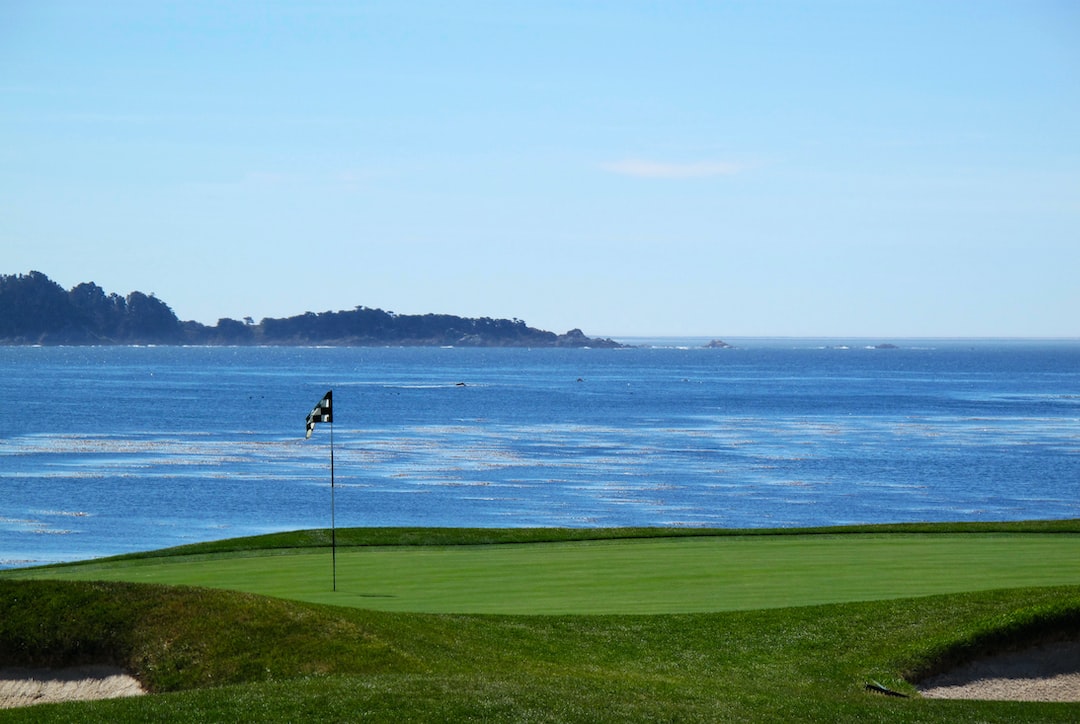Overview
Introduction to the topic
Golf is a popular sport enjoyed by millions of people around the world. When it comes to golf clubs, temperature can play a significant role in their performance. Cold weather can affect golf clubs in various ways, leading to changes in club performance and potential damage to club materials. It can also have an impact on ball flight and distance. In this article, we will explore the effects of cold on golf clubs and discuss the importance of maintaining optimal temperature for club performance.
Effects of cold on golf clubs
Cold temperatures can have a significant impact on the performance and longevity of golf clubs. When exposed to cold temperatures, golf club materials can contract, leading to changes in club performance. The ball flight and distance of a shot can be affected, as the cold weather can cause the ball to compress less and reduce its overall distance. Additionally, the cold can potentially damage the club materials, especially if they are not properly maintained. It is important for golfers to understand the effects of cold on their clubs and take preventive measures to ensure optimal performance.
Importance of maintaining optimal temperature
Maintaining the optimal temperature for golf clubs is crucial for ensuring their performance and longevity. Cold temperatures can have a negative impact on various aspects of the clubs, including their materials and overall performance. Golf clubs are designed to perform optimally under specific temperature conditions, and exposing them to extreme cold can lead to changes in their performance. Additionally, the materials used in golf clubs can be susceptible to damage when exposed to cold temperatures for extended periods. This can affect the overall durability and lifespan of the clubs. Therefore, it is essential to take preventive measures and protect golf clubs from getting too cold.
How Cold Affects Golf Clubs
Changes in club performance
When golf clubs are exposed to cold temperatures, their performance can be significantly affected. Golfers may experience a decrease in distance and accuracy due to the changes in the club’s flexibility and stiffness. The ball flight may also be affected, resulting in a lower trajectory and less spin. Additionally, the grip of the club may become less secure, making it more difficult to maintain control during the swing. It is important for golfers to be aware of these performance changes and take necessary measures to protect their clubs from the cold.
Potential damage to club materials
When golf clubs are exposed to cold temperatures, there is a risk of potential damage to the club materials. The extreme cold can cause the metal components of the clubs to contract, which may lead to cracks or fractures. Additionally, the cold can also affect the integrity of other materials used in the construction of the clubs, such as graphite shafts or club grips. It is important for golfers to be aware of these potential issues and take the necessary steps to protect their clubs from the cold.
Impact on ball flight and distance
When golf clubs are exposed to cold temperatures, it can have a significant impact on their performance, including the ball flight and distance. The cold weather can cause the club materials to contract, leading to changes in the club’s flexibility and stiffness. This can result in a loss of power and control, affecting the trajectory and distance of the golf ball. Additionally, the lower temperatures can also affect the compression of the golf ball, further impacting its flight. Therefore, it is important to take preventive measures to protect golf equipment from the cold and maintain optimal club performance.
Tips for Protecting Golf Clubs from Cold
Proper storage during winter months
During the winter months, it is important to properly store your golf clubs to protect them from the cold temperatures. Proper storage helps prevent any potential damage to the club materials and ensures that the clubs maintain their optimal performance. Here are some tips for protecting your golf clubs during the winter:
- Store your clubs in a cool, dry place, away from extreme temperatures and humidity.
- Use a golf bag with individual club dividers to keep the clubs separated and protected.
- Clean and dry your clubs before storing them to prevent rust or corrosion.
- Apply a thin layer of oil or lubricant to the club heads to protect them from moisture.
- Consider using a climate-controlled storage unit or a golf club storage rack.
By following these preventive measures, you can ensure that your golf clubs are ready for the next season and maintain their performance.
Use of club head covers
Using club head covers is an effective way to protect your golf clubs from the cold. These covers provide a barrier against moisture and prevent the accumulation of dirt and debris. By keeping your clubs covered, you can prevent potential damage to the club materials, such as rusting or corrosion. Additionally, club head covers help maintain the optimal temperature of the clubs, ensuring that they perform at their best. Investing in high-quality club head covers is a small price to pay compared to the potential cost of replacing or repairing damaged clubs.
Pre-round warm-up routines
Before heading out to the golf course, it is important for golfers to warm up properly to ensure optimal performance. Golf tips for baseball swing can be beneficial for golfers looking to improve their swing mechanics. One effective warm-up exercise is to practice swinging the golf club using a baseball grip. This grip can help golfers develop a stronger grip and generate more power in their swing. Additionally, incorporating stretching exercises that target the muscles used in the golf swing can help improve flexibility and prevent injuries. By following these warm-up routines, golfers can prepare their bodies for the physical demands of the game and enhance their overall performance.
Conclusion
Summary of the effects of cold on golf clubs
Cold temperatures can have a significant impact on the performance and longevity of golf clubs. Changes in club performance are common when exposed to cold conditions, with decreased flexibility and reduced distance being notable effects. Additionally, the potential for damage to club materials such as graphite shafts and clubface grooves increases in colder temperatures. This can lead to a decrease in overall club durability and performance. Furthermore, the cold weather can affect ball flight and distance, causing the ball to travel shorter distances and with less accuracy. To protect golf clubs from the negative effects of cold, it is important to take preventive measures such as proper storage during winter months, using club head covers, and incorporating pre-round warm-up routines.
Importance of taking preventive measures
Taking preventive measures is crucial to ensure that golf clubs perform optimally and last longer. One important aspect to consider is golf cart battery check. Cold temperatures can have a negative impact on the performance and lifespan of golf cart batteries. It is important to regularly check the batteries and ensure they are properly maintained to avoid any potential issues. By taking the necessary preventive measures, golfers can enjoy a smooth and uninterrupted golfing experience.
Recommendations for maintaining club performance
To maintain optimal club performance, it is important to follow some recommendations for maintaining club performance. One of the key recommendations is to regularly polish your golf clubs. This helps to remove dirt and debris from the clubface, ensuring better contact with the ball. Additionally, golf club polishing can help to extend the lifespan of your clubs by preventing rust and corrosion. By taking the time to properly care for your clubs, you can ensure that they perform at their best and last for many rounds to come.


